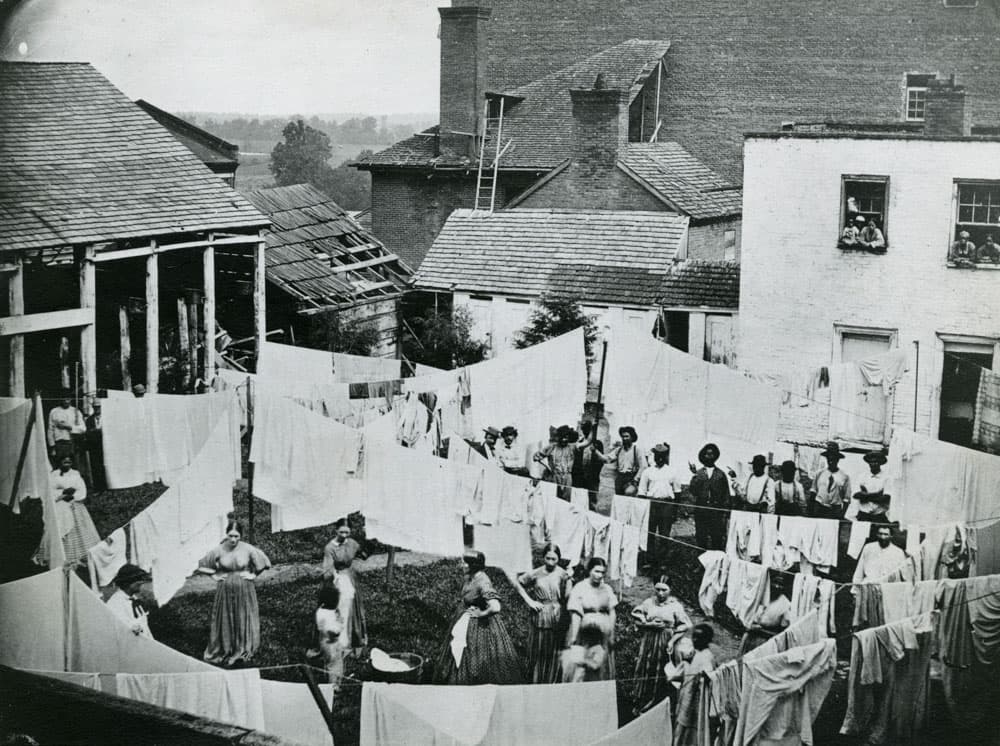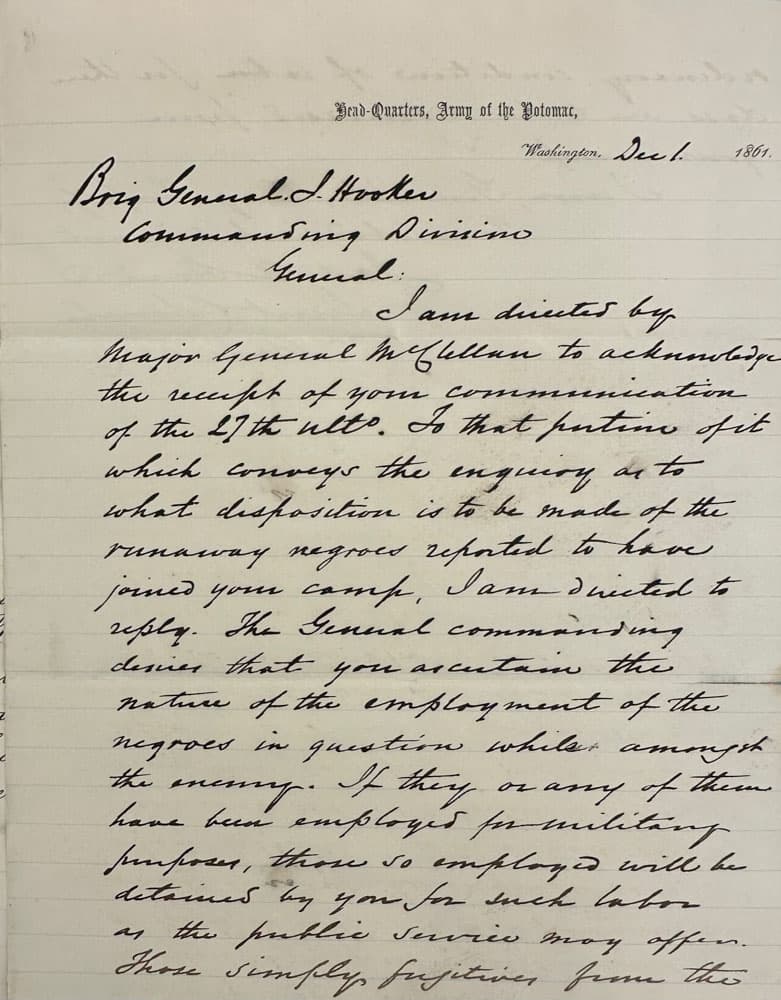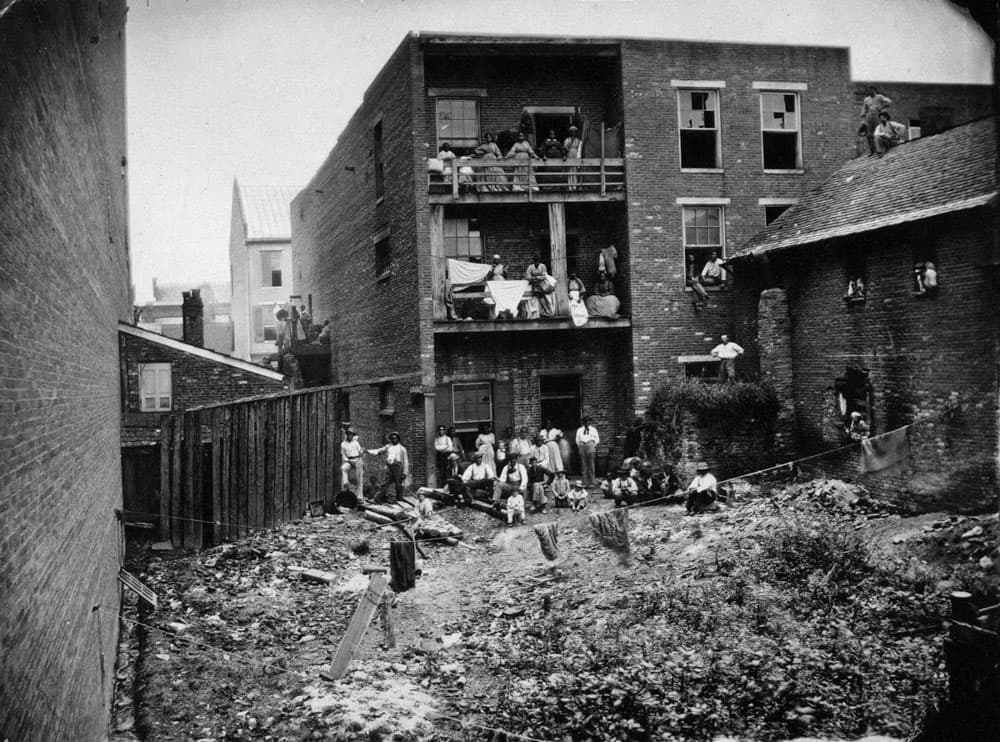Women and Children in the American Civil War: Refugees and the Law of War

Wed., March 20, 2024, 7:30–8:30 p.m.
Free with registration
Education and Visitor Center, Rothenberg Hall
It has commonly been observed that war is the province of men. Yet while armies historically have consisted mainly of men, it has never been true that war is the province of men. Acknowledging that women and children have taken up arms historically and served on battlefields as nurses, cooks, and laundresses, however, insufficiently addresses the experiences of the majority of women on battlefields—whether at home or on the war front.
Refugees in wartime are even less studied. This talk examines the problem of women and children refugees on the battlefields of the Civil War and the military and political response to their flight seeking refuge, food, shelter, and protection as viewed through the law of war and the lens of race, Indigeneity, and class.
Thavolia Glymph is professor of history at Duke University and this year’s Rogers Distinguished Fellow.



Nashville Hospital Laundry Yard, July 1863. | National Archives, Washington DC
Joseph Hooker Military Papers. | The Huntington Library, Art Museum, and Botanical Gardens
Hospital No. 19, Nashville, Tennessee. | National Archives, Washington DC